Enter a surname, town name or other keyword to search the database. Remember to
allow for the different spellings of 'Mc' and 'Mac.' Good luck!
{Search tips: Use single word search terms for more results}
You must enter some valid character(s) into the search field
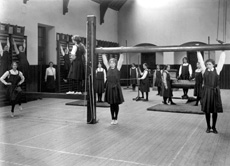
Reference: IRAA
Inverness Royal Academy Gymnas...
|
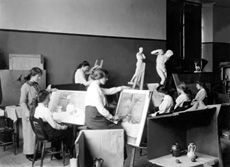
Reference: IRAA
Inverness Royal Academy Higher...
|
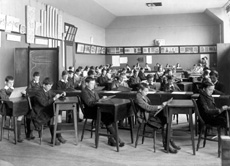
Reference: IRAA
Inverness Royal Academy Large ...
|
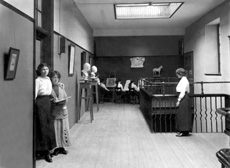
Reference: IRAA
Inverness Royal Academy Corrid...
|
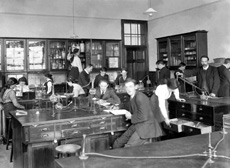
Reference: IRAA
Inverness Royal Academy Scienc...
|
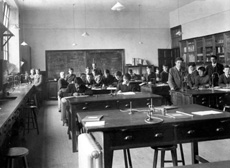
Reference: IRAA
Inverness Royal Academy Scienc...
|
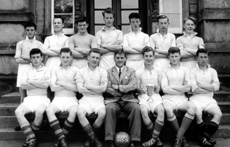
Reference: IRAA
Association Football 1st XI 19...
|

Reference: IRAA
Football 1st XI 1954-1955. Rea...
|
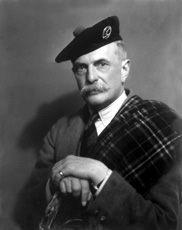
Reference: H-0247
Sir Donald Walter Cameron of L...
|

Reference: H-0242
Joe Corrie (1894-1968) was a S...
|
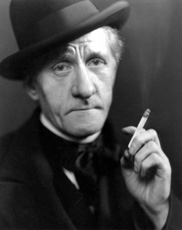
Reference: H-0240
Frederick Charles Hannen Swaff...
|
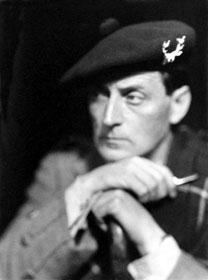
Reference: H-0238b
Sir Compton Mackenzie, (1883-1...
|